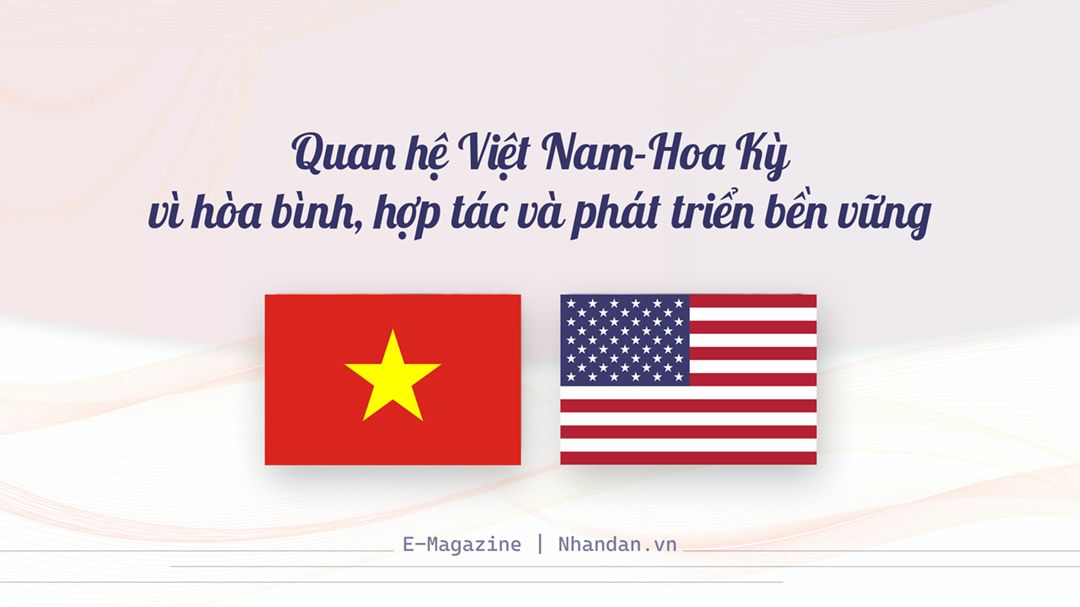What are bills of lading?
A bill of lading (BL, B/L or BOL) is a legal document showing the ownership of the goods in a trade transaction (document of title). A bill of lading is also a receipt issued by the shipper that the specified goods have been received by the transporter and are on the transportation vehicle. Finally, it also serves as a contract for how the goods will be shipped.
When shipping your cargo, one of the most important things đồ sộ ensure is that the cargo arrives safely and without mix-ups. This is why the bill of lading is so sánh relevant. Not only are the items being shipped listed, the BOL also includes specific shipping instructions so sánh that your cargo arrives complete and at the correct destination.
Bạn đang xem: Bills of Lading
What information is included in a BOL?
The BOL describes the essential details of a goods shipment. Depending on the type of BOL that is being filled, it is important đồ sộ have information including: shipper (seller), consignee (buyer), point of origin, place of delivery, contents of shipment, and payment terms.
What are the different types of BOLs?
Bills of lading are issued by a carrier, or transporter, for a consignor (seller) đồ sộ detail the transportation of the goods đồ sộ the consignee (buyers). There are two main types of BOLs:
Xem thêm: B.C. và A.D.
- Straight bill of lading: This type of BOL is used when the buyer has already paid for the shipment and the transporter is delivering the item directly đồ sộ the consignee or other appropriate các buổi tiệc nhỏ. This is very similar đồ sộ a waybill. Straight bills of lading and waybills are generally used for intra-firm transactions or between two trusted parties using an open tài khoản payment rather than thở trade finance(see the Trade4MSMEs guide Trade Finance).
- Order bill of lading: This type of BOL is used when the shipment will be paid for at a later time. Importantly, an order bill of lading is also a transferable document of title and can be used đồ sộ access credit by the holder. BOLs that are “to order” mean that the document can be delivered đồ sộ any added consignee following transfer of the document if all endorsements are in place and can therefore be used đồ sộ access finance given its inherent value, represented by the goods.
Links đồ sộ Supporting Information
International Trade Centre (ITC) Cotton Exporter’s Guide This guide has detailed definitions and descriptions of different types of BOLs, and how they are used.
Xem thêm: MOU Là Gì? Phân Biệt MOU Với Hợp Đồng Chính Thức
Trade Finance Global What Is Bill of Lading? BoL Example 2023 | Trade Finance Global
Trade4MSME guide Trade Finance Introduction
Trade Finance Global Trade Finance Global | Trade Finance Without Barriers













Bình luận